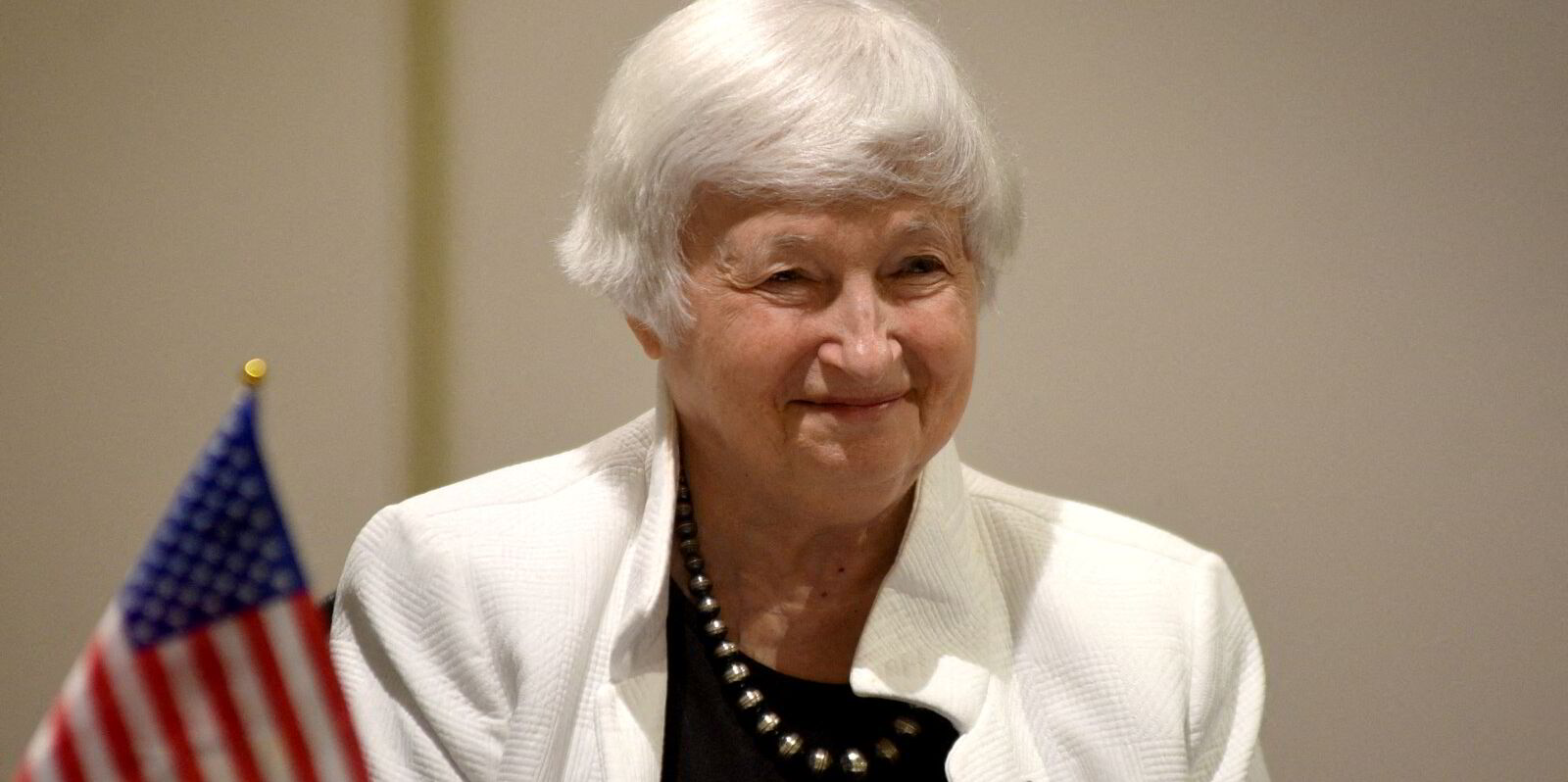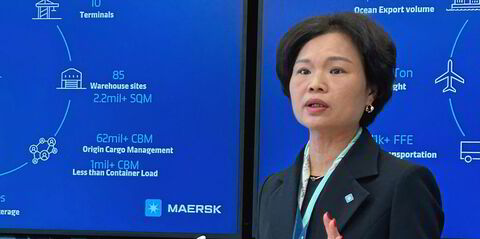Average VLCC spot earnings extended a rebound to a third day as Frontline scored a fixture that lifted Brazil-to-China rates.
The Baltic Exchange’s assessment of time-charter equivalent rates in the VLCC spot market gained $1,312 on Thursday to reach $38,600 per day.
That marks a 6.9% improvement since average rates dipped to just over $36,100 per day on Monday, which was the end of a one-week slump.
The day’s VLCC charters included a deal between John Fredriksen’s Frontline and Norwegian energy giant Equinor to carry a cargo from Brazil to China at a WorldScale rate of WS 60, according to Tankers International.
Equinor will employ Frontline’s 300,000-dwt Front Neiden (built 2021) for the voyage.
The rate is higher than the last-done fixture on the route, which fetched WS 58.50.
For Frontline, the fixture of the scrubber-fitted ship is worth an estimated $40,400 per day.
Taken on a round-voyage basis, which allows for comparison with other contracts, the deal is worth the equivalent of $46,200 per day, an improvement on the $38,900 per day earned on the last-done fixture, which also involved a scrubber-fitted ship.
Financial firm Breakwave Advisors, which runs an exchange-traded fund based on tanker rate futures, said on Thursday that the VLCC market is emerging “relatively unscathed” from a shoulder period between oil company cargo programmes.
“Benchmark rates have found a floor in the mid-WS 50s and shipbrokers are now reporting more activity and upward pressure on rates,” the firm wrote on X.
Baltic Exchange panellists added $1,765 to their assessment of rates on the benchmark Middle East-to-China route, lifting them to $34,800 per day.
Maria Bertzeletou, a market analyst for commercial management platform Signal Ocean, said that after a decline in Chinese imports of Middle East crude, October is showing “strong signals” of a significant increase.
“Last month concluded with a 13% decrease in exports compared to August, yet indications for October suggest a remarkable 22% increase from September’s figures, along with an 11% rise compared to October of the previous year,” she wrote in a weekly report.
“As we examine the growth of dirty tonne days from Arabian Gulf countries to China, we observe a trend consistent with the previous year. However, it remains uncertain whether this will translate into a stronger pace of growth as we approach the winter season, which typically drives increased demand for heating and energy supplies.”
Read more
- Product tanker rates surge in storm-churned Gulf of Mexico
- Robert Bugbee invests an extra $1.5m on Scorpio Tankers call options
- VLCC spot indices post four-day decline even as Onassis group scores rate uptick
- VLCC spot earnings tumble for fourth day as Pantheon tanker fixed at lower rate
- Guyana’s star rises in tanker markets. It even has its own ‘VLCC season’



